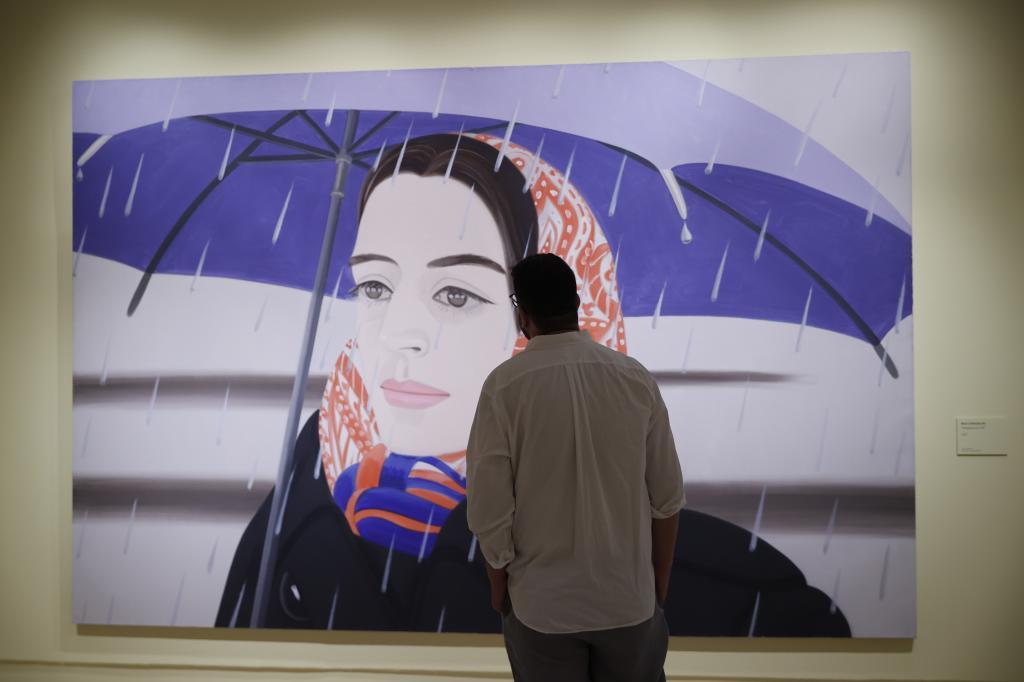The interests of reason, speculative and practical, are combined, according to Kant, in these three questions: What can I know? What should I do? What can I expect? The three unknowns raised by the German philosopher fit into the exhibition that opens the Thyssen-Bornemisza National Museum, in which he bets on a retrospective of the work of the American painter Alex Katz, a reference in the 50s of the first steps of pop art.
Katz is the son of an immigrant of Russian origin who left his country after the Soviet army expropriated a factory from him. From the beginning he had the determination to paint “in a natural way”, a purpose that he has never betrayed. “I just follow my instincts,” says the artist surrounded by his work in one of the Thyssen halls.
Katz is one of those authors who handle the ability to adapt to the needs that correspond to a given time. And that can be seen in some 40 canvases from different stages that he has selected as part of the exhibition in Madrid.
As for duty, the 94-year-old American fulfills the practical function of an artist who promotes “realism” mixed with touches of elegance that “do not seek to arouse an emotion”, since he promotes a minimalist and cold approach that resists a solemn reading.
The title of the retrospective, simple as the name of the artist, is also in line with the unadorned proposal and free of abstract readings proposed during the tour. Alex Katz is a title that allows few three-dimensional judgments: it is a clear, short and focused direction that exhibits a journey through time and in the career of the American between 1959 and 2018.
The exhibition, designed by Guillermo Solana, will remain open until September 11. Museums such as the MoMA in New York or the Reina Sofía Museum are among the list of lenders who contributed Katz’s work for this journey through the long existence of an imperturbable painter.
Conforms to The Trust Project criteria
















